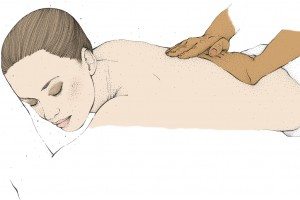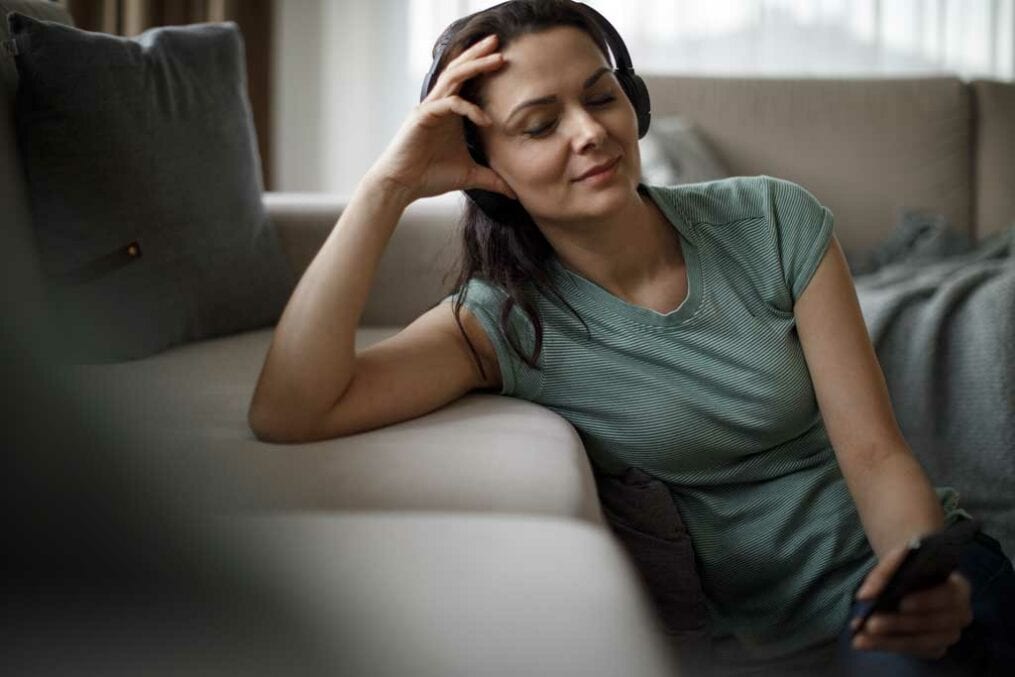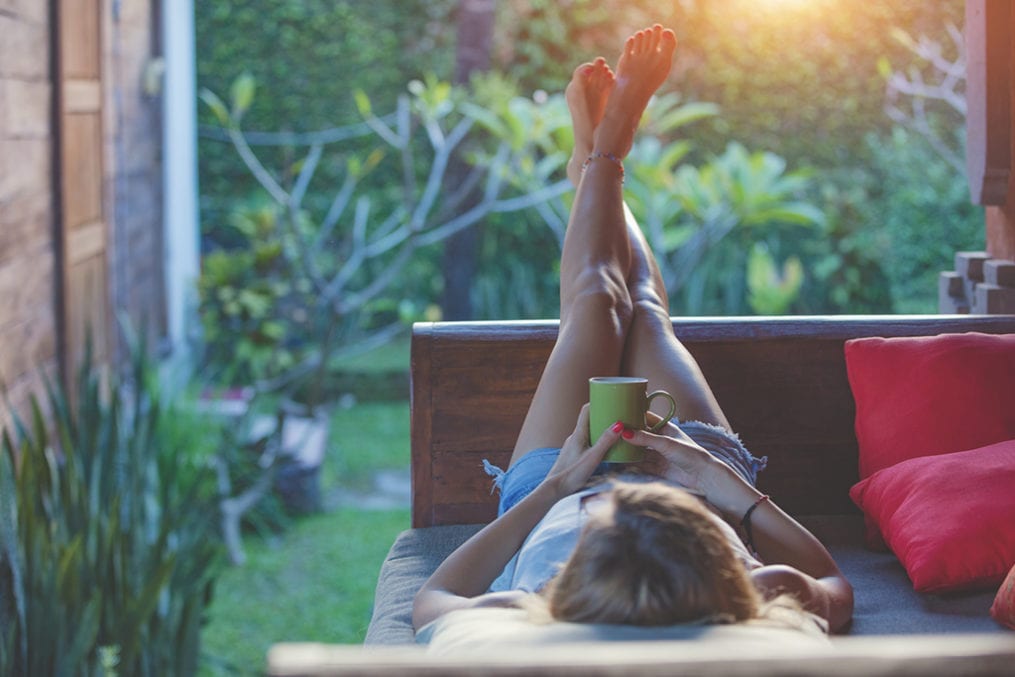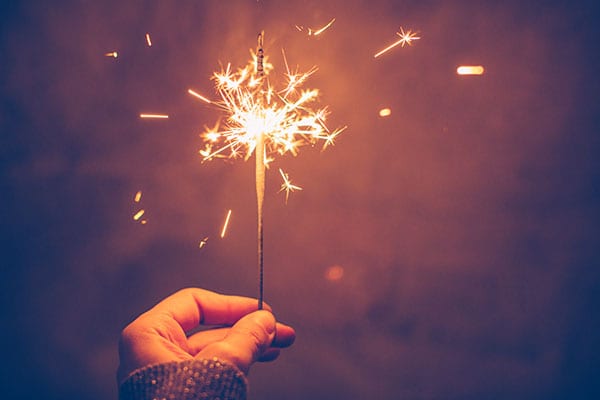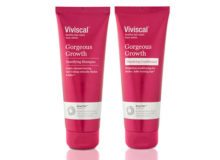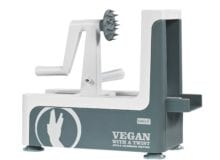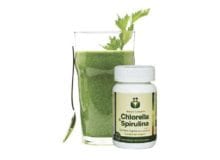That’s the spot! Pick the perfect massage for you
There’s nothing quite like a good massage. They may feel luxurious, but the right one can work wonders, whether you’re recovering from an injury or just in need of a good de-stress.
1. Swedish
What is it? ‘A gentle pressure massage using hands, arms and elbows in long flowing movements to relax and energise the body,’ says massage therapist Jen Goldworthy.
What happens in a session? It starts with a flowing sweep called ‘effleurage’ which warms up the body. Massage techniques, including kneading, stretching, tapping and drumming, are then used to stretch muscles and release tension.
How can it help? ‘It stimulates the circulation and gets lactic acid flowing throughout the body,’ says Goldworthy. ‘This increases oxygen levels, which promotes wellbeing
and healing.’ A study by the National Center for Complementary and Alternative Medicine found that post-massage, subjects experienced a significant decrease in the stress hormone cortisol.
Best for: Relaxation
More info: Go to the Complementary and Natural Healthcare Council
2. Deep tissue
What is it? This technique uses more forceful pressure to ease chronic pain and release muscle tension. A deep tissue therapist works on specific muscle groups and targets the deeper layer muscles and connective tissue.
What happens in a session? A therapist applies deep pressure to tension areas with techniques like ‘tapotement’ – a light-to-medium drumming to break up knots in the muscles – and ‘roping’, where the practitioner kneads out knots in the deepest muscle fibres to release tension.
How can it help? ‘It’s commonly used to help muscle damage from sport injuries and chronic pain,’ says Goldworthy. It could also be good for your heart: peoples’ blood pressure fell after just one 45-60-minute session, according to a study in the Journal of Alternative and Complementary Medicine. It also triggers the release of ‘feelgood’ hormones oxytocin and serotonin which reduces the levels of stress hormones, reports the The Journal of Clinical Psychiatry.
Best for: Chronic pain and sports injuries.
More info: Go to the Complementary and Natural Healthcare Council

3.Shiatsu
What is it? This ancient Japanese healing art is performed on a mat and uses light-to-deep pressure from fingers, hands, elbows and knees to adjust the body’s alignment and balance energy flow. ‘The aim is to increase vital energy, “ki” in Japanese (“qi” in Chinese), which helps the body heal itself,’ says shiatsu expert Liz Vilela.
What happens in a session? This is a fully-clothed massage performed on a mat, without oils. ‘The practitioner begins by massaging the stomach region, called the “hara”, which corresponds with various points around the body and indicates where tension is held,’ says Vilela. ‘An appropriately light-to-hard touch is applied to tension areas with stretching and kneading movements.’
How can it help? Stretching helps improve posture and realign the body. It also improves emotional wellbeing, according to The University of Leeds School of Healthcare. The pain and sleep issues associated with fibromyalgia can also be eased by a Shiatsu session, according to research in the Journal of Manipulative and Physiological Therapeu
tics.
Best for: Boosting overall health and wellbeing.
More info: Go to www.shiatsusociety.org
4. Traditional Thai
What is it? ‘A vigorous form of massage that aims to improve energy flow and release tension with massage and stretching,’ says massage expert Veronica Massa from The Little Escape.
What happens in a session? This massage is carried out on a mat on the floor, fully dressed and without oil. Using their whole body, the practitioner applies medium-to-deep pressure in rhythmic, repetitive movements to release tension in the soft tissues of the recipient’s body and work joints and ligaments through their full range. A typical Thai massage is one to two hours long.
How can it help? Following one 30-minute session of traditional Thai massage, participants showed improved heart rate, better flexibility, reduced muscle pain and reduced anxiety, according to research in the Journal of Bodywork & Movement Therapies.
Best for: Those with musculoskeletal pain or trouble with joint mobility.
More info: Go to www.thaitherapy.com.

5. Aromatherapy
What is it?
Aromatherapy massage uses essential oils extracted from herbs, flowers and fruits to enhance emotional and psychological wellbeing. ‘As well as relaxing the body, aromatherapy massage helps to ease stress and mental tension,’ says Veronica Massa.
What happens? Before each session begins, you’ll choose a unique oil blend to be used in your massage. The therapist will then perform a series of flowing moves, including rolling and gentle kneading over the whole body.
How can it help? ‘The essential oils are believed to alter brain chemistry to promote relaxation or stimulate mental alertness,’ says Liz Vilela. ‘You choose the essential oil that’s appropriate for treating your particular condition.’
Best for: A bespoke de-stressing treatment.
More info: Go to www.aromatherapycouncil.org.uk
